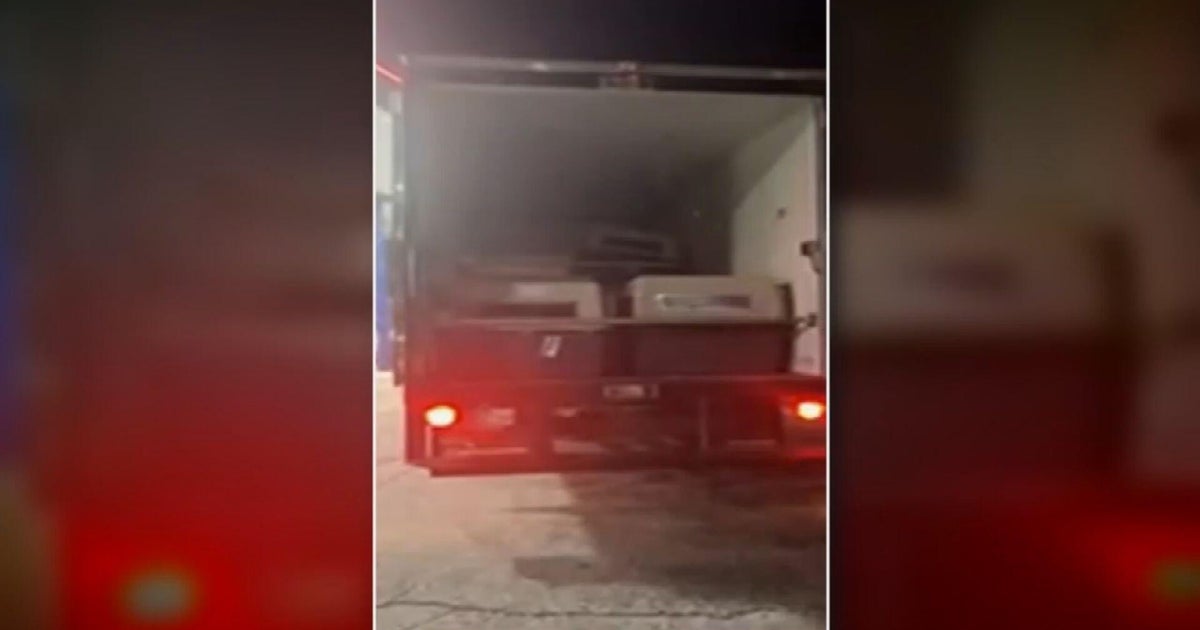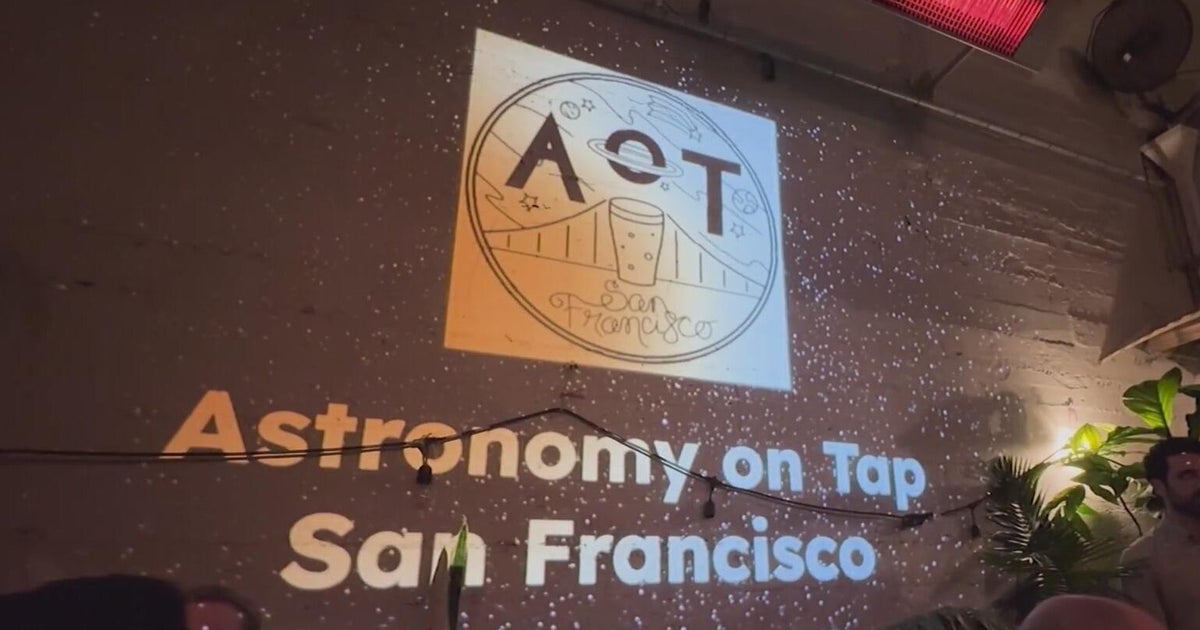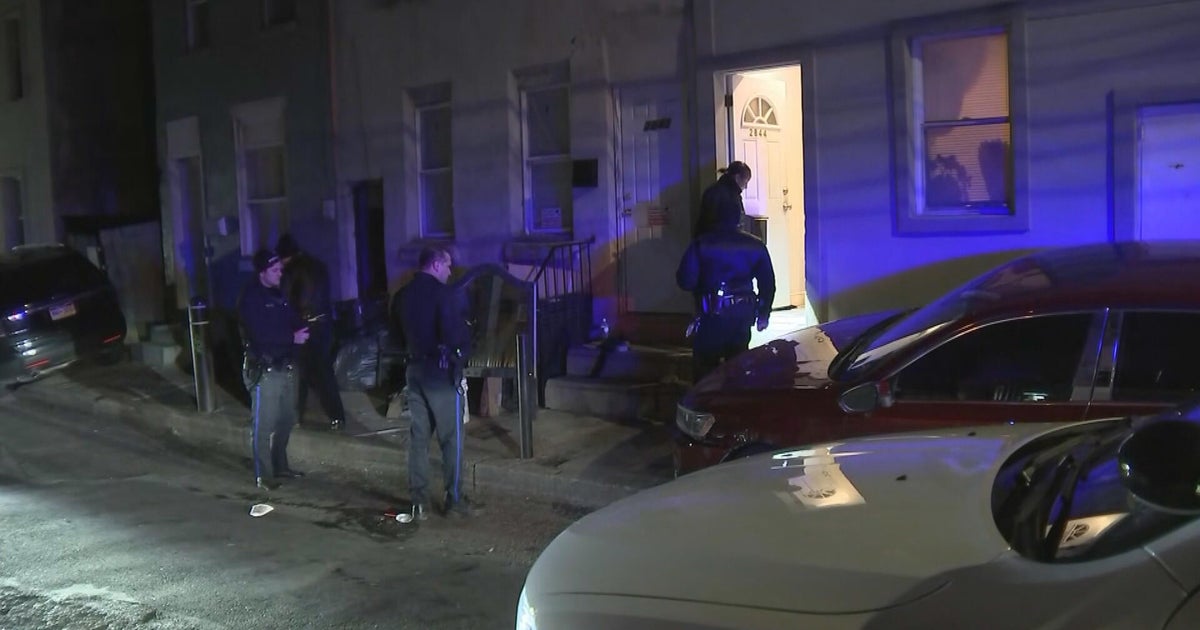60 Minutes cameras capture the fire and fury of Earth's newest volcano
At over 2000 degrees Fahrenheit, the heat from the incandescent chunks of molten rock hurtling out of Iceland's newest volcano can be felt 200 yards away. The red-hot rock blasts 20 stories into the air by some of the deepest, most elemental forces on the planet. The non-stop lava fireworks have drawn some 90,000 visitors, including one of Iceland's top volcanologists, Thor Thordarson.
"I've been looking at images like this for almost four decades," he tells Bill Whitaker, "And I still get mesmerized when I see it."
Whitaker and 60 Minutes cameras went to the island nation recently and brought back spectacular video of Mother Nature's power. Whitaker's report will be broadcast on the next edition of 60 Minutes, Sunday, May 23 at 7 p.m. ET/PT on CBS.
The new volcano is called Geldingadalir and it burst into the open on March 19. For weeks ahead of the eruption, Iceland's southwest peninsula was shaken by a swarm of 30,000 earthquakes. Icelanders are used to earthquakes – they experience one almost daily – but this was unprecedented. At only 20 miles from the capital, Reykjavik, the volcano has transfixed Icelanders, attracting crowds eager for a closer look. Some have even used the lava to roast hotdogs and cook smores.
But for volcanologist Thordarson, the easy access to Geldingadalir is a rare opportunity for scientists to collect a treasure trove of data and home in on the elusive science of how to predict an eruption.
"Eventually you know where we want to take this – the science of volcanology -- is to be able to predict, but also even forecast eruptions," Thordarson tells Whitaker. "It took meteorology over 200 years to come up with a decent weather forecast. So, we've only been at this for 100 years."
Bruce Houghton, the state volcanologist for Hawaii, came to Geldingadalir after hearing the news from his friend Thordarson.
"You go as quickly as you can. Many eruptions are over within a day or so. Thor had an inkling from way back that this was going be a long one," he says. "I believed him, but I waited, yeah, until I was certain that it had a long life ahead of it."
Thordarson thinks the slow, steady lava flow of this eruption may be the opening salvo in a new seismic era in the southwest corner of Iceland.
"And I think we're going to see many more eruptions in the peninsula over the next, let's say 200 to 400 years," he says.
Meanwhile, the show goes on. Says Houghton, "The lava flows have been spectacular from the start. But the fountaining today was -- was just out of the top drawer – just ten out of ten.







